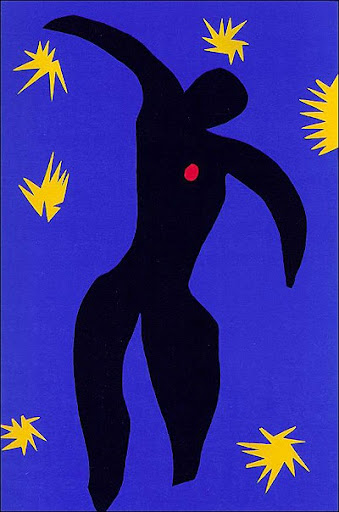to be honest, i don't know. in its generality the question even seems unanswerable. of course many people claim some authorative knowledge on this question. i seldom find their answers convincing. the question to me only makes sense on a personal level. then it first becomes: what do i see as the purpose of art? and later, as an artist, the addition: what do i see as the purpose of my art?
in order to explain why i consider advertising the bane of modern art, i should explain what i see as the purpose of modern art. i phrased it a little mystically in the previous post, but even on a personal level i see hardly another way than this mystical phrasing. but perhaps a few more words will help, who knows.
to me, visual art's unique possibilities lie in the opening and widening and deepening of our perceptions of reality. for me personally, i connect this with spirituality in the sense that i believe visual art can help experience spirituality, can help develop human(e) concern for the well-being of others and other living creatures. but visual art can also reveal -brutally, one might think at first glance- la condition humaine: the level of our collective spiritual (un)wellness. as well as the harshness of nature, our fragile existence, our limited role in this universe, etc. etc.
so whatever the precise form or formulation, visual art for me has as its purpose the deconstruction of old clichés -after all most of these stereotypes in my eyes are hampering our progress by cluttering up our brain and heart in the same way as our predecessors, and look what state the world is in because of their and our doings along these stereotypes. the methods, images, contexts etc. used can vary greatly from artist to artist, and from artwork to artwork. one artist might, like goya, depict the horrors of certain types of human behaviour, in order to open our eyes to this behaviour, in order to make us realize: this is what you get when you think and act along these current stereotypes. another artist might depict loving scenes, going beyond what is the current cliché of love, in order to remind us that spiritual love between people is not only possible but even something that deep in our heart many of us crave. yet another artist might go for aesthetic abstract beauty, yet another for unsettling bodily/sensory sensations in some sort of installation.
francisco de goya, los desastres de la guerra[one of 80 prints]
therefore, the purpose of advertising to me seems diametrically opposed to the purpose of art.
the ultimate purpose of advertising is to increase sales, i think. the advertising approach to this purpose seems to me to be this: reinforce existing clichés and stereotypes, and then tie these clichés to the product/concept/brand you wish to sell. just look at the simply awful gender stereotyping in advertising (because sex sells? reinforcing stereotypical gender roles makes people happy?), look at all the fake and superficial youth-and-happiness imagery.
now why should i worry about advertising in connection to art?
firstly, it seems to me that increasingly, the purposes of artists and other people in the art world are verging towards the purposes of advertising. (increase sales, to do so first achieve brand recognition, to achieve brand recognition first introduce suitable existing stereotypes, and reinforce them in some `new' (albeit shallow) fashion, then repeat them over and over and over.)
secondly, it seems people are spending more and more time looking at ads, and discussing them, to the point where i'm starting to believe that people derive some sort of personal meaning-to-life from these ads. then, when they see art, they look at art in the same way and if the clichés of an artwork are not as readily scooped up as in advertising, well then people are puzzled, disappointed and distracted and will seldom spend some more time trying to `get' it.
so which of the two approaches to imagery is winning out? that's why i consider advertising to be the bane of modern art. pretty soon modern art will be a branch of advertising, if this isn't already the case.

